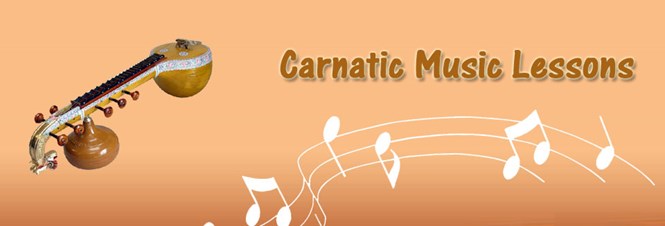

The mridangam is a two-headed percussive instrument traditionally used in Carnatic music accompaniment.Īt Silambam, music lessons include both Carnatic music classes (vocal and violin), and music as an ancillary to dance (vocal, layam and nattuvangam). Konnakol is the art of vocalizing percussive beats and syllables, involving a deep knowledge of rhythm and math. Nattuvangamis a unique and intricate form of vocal percussion with cymbals that accompanies certain Indian classical dance forms. Carnatic music is also usually taught and learned through compositions. Although improvisation plays an important role, Carnatic music is mainly sung through compositions, especially the kriti (or kirtanam) – a form developed between the 14th and 20th centuries by composers such as Purandara Dasa and the Trinity of Carnatic music.

The main emphasis in Carnatic music is on vocal music most compositions are written to be sung, and even when played on instruments, they are meant to be performed in gāyaki (singing) style.Īlthough there are stylistic differences, the basic elements of sruti (the relative musical pitch), swara (the musical sound of a single note), raga (the mode or melodic formulæ), and tala (the rhythmic cycles) form the foundation of improvisation and composition in both Carnatic and Hindustani music. It is one of two main subgenres of Indian classical music that evolved from ancient Hindu traditions, the other subgenre being Hindustani music, which emerged as a distinct form because of Persian or Islamic influences from Northern India. Carnatic music is a system of music commonly associated with southern India, including the modern Indian states of Andhra Pradesh, Telangana, Karnataka, Kerala, and Tamil Nadu, as well as Sri Lanka.


 0 kommentar(er)
0 kommentar(er)
